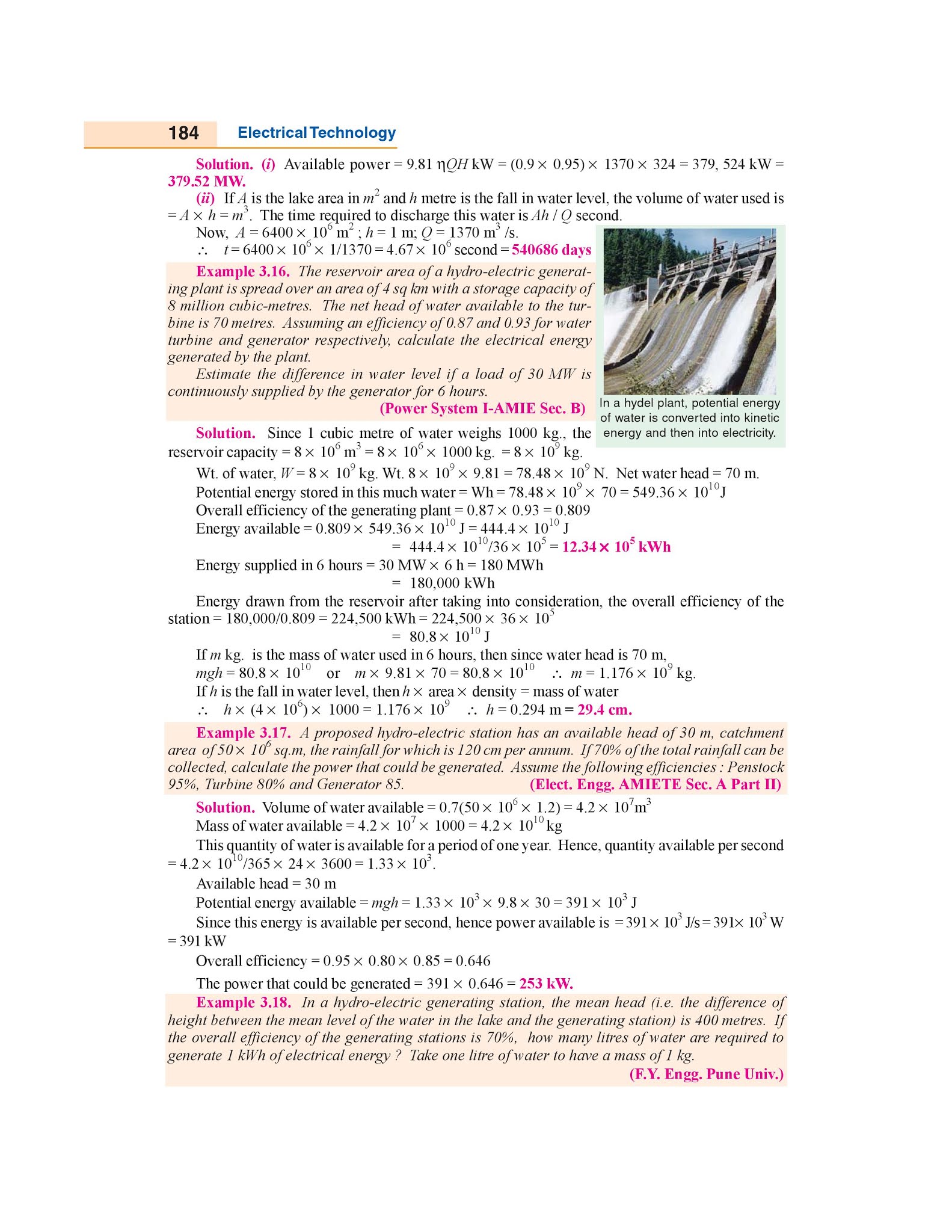Joule’s Law of
Electric Heating
The amount of work required to maintain a current
of I amperes through a resistance of R ohm for t second is
W.D. = I2 Rt joules
= VIt joules ( * R = V/I)
= Wt joules ( * W = VI)
= V2t/R joules ( * I = V/R)
|
where |
J |
= 4,186 joules/kcal = 4,200 joules
/ kcal (approx) |
|
* |
H |
= I2Rt/4,200
kcal = Vlt/4,200 kcal =
Wt/4,200 kcal = V2t/4,200 R kcal |

S.I. Units
1.
Mass. It is quantity
of matter contained in a body.
Unit
of mass is kilogram (kg). Other multiples commonly used are :
1 quintal = 100 kg,
1 tonne = 10 quintals = 1000 kg
2.
Force.
Unit of force is newton (N). Its definition may be obtained
from Newton’s Second Law of Motion i.e. F
= ma.
If m = 1 kg ; a = 1m/s2, then F =
1 newton.
Hence, one newton is that force which can give an
acceleration of 1 m/s2 to a mass of 1 kg. Gravitational unit of
force is kilogram-weight (kg-wt). It may be defined as follows :
or
It is the force
which can impart
an acceleration of 9.8 m/s2 to a mass of 1 kg.
It is the force which
can impart an acceleration of 1 m/s2 to a mass of 9.8 kg.
Obviously, 1 kg-wt. = 9.8 N
3. Weight. It is the force with which
earth pulls a body downwards. Obviously, its units
are the
same as for force.
(a)
Unit of weight is newton
(N)
(b)
Gravitational unit of weight is kg-wt.*
Note.
If a body has a mass of m kg, then its
weight, W = mg newtons = 9.8 newtons.
4.
Work, If a force F moves a
body through a distance S in its
direction of application, then
Work done W
= F ´ S
(a)
Unit of work is joule (J).
If, in the above equation, F = 1 N : S = 1 m ; then
work done = 1 m.N or joule.
Hence, one joule is the work done when a force
of 1 N moves a body through
a distance of 1 m in
the direction of its application.
(b) Gravitational unit of work is m-kg. wt or m-kg**.
* Often it is referred
to as a force of 1 kg, the word ‘wt’ being omitted. To avoid
confusion with mass of 1 kg, the force of 1 kg is written in engineering literature as kgf instead
of kg. wt.
** Generally the work ‘wt’
is omitted and the unit is simply written as m-kg.
If F
= 1 kg-wt; S = 1 m; then W.D. = 1
m-kg. Wt = 1 m-kg.
Hence, one m-kg is the work done by a force of
one kg-wt when applied over a distance of one metre.
Obviously,
1 m-kg = 9.8 m-N or J.
5. Power. It is the rate of doing work. Its units is watt (W) which represents 1 joule per second.
1 W = 1 J/s
If a force of F newton moves a body with a velocity of n
m./s then
power =
F ´ n watt If
the velocity n is in km/s, then
power = F ´ n
kilowatt
6.
Kilowatt-hour (kWh)
and kilocalorie (kcal)
|
1 kWh = 1000 1 Js ´ 3600 s = 36 ´ 105 J
1
kcal = 4,186 J \ 1 kWh = 36 ´ 105/4, 186 = 860
kcal
7.
Miscellaneous Units
(i)
1 watt hour (Wh) = 1 J ´ 3600 s = 3600 J
(ii)
1 horse power (metric) = 75 m-kg/s = 75 ´ 9.8 = 735.5 J/s or watt
(iii)
1 kilowatt (kW) = 1000 W and 1 megawatt (MW) = 106 W















No comments:
Post a Comment